15 Plants in Chinese 🌷 Our Guide to the Plants in Mandarin
Discover How To Say 15 Plants in Chinese
Do you know the names of some plants in Chinese?
Perhaps you want to add some greenery to your Chinese apartment or buy a loved one some flowers for one of China’s many Valentine’s days…
Plants are an important part of China’s literary culture, and have featured in poems and paintings throughout China’s history.
Many plants or flowers native to China have a particular cultural significance and symbolic meaning.
So it’s a good idea to know what each plant means before you give it to someone as a gift.
We’ve put together this quick guide to teach you the Chinese names for Chinese plants, what they symbolise and any particular cultural connotations they have.
Before we start though, we should teach you the word for plant in Chinese really!
PLANT IN CHINESE is 植物 zhí wù
⬇️⬇️⬇️ Plants in Chinese Quiz ⬇️⬇️⬇️
Plants in Chinese: Bamboo
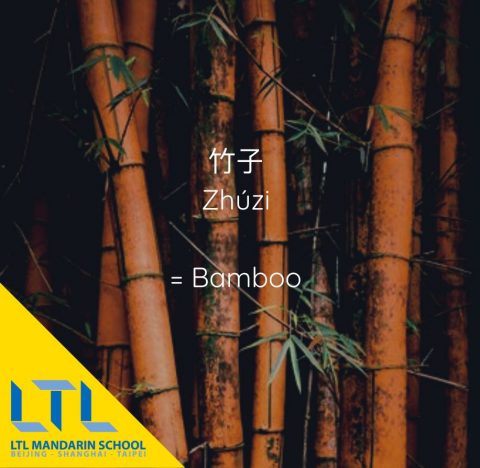
Name in Chinese: 竹子 (zhúzi)
Bamboo is not only the favoured food of China’s national animal the panda (lit. bear cat).
Due to its versatility and strength bamboo is used to make pretty much everything in China.
Chopsticks, firecrackers, scaffolding, paper, you name it, it’s even used in Chinese cuisine.
Bamboo is a very common feature in traditional Chinese paintings, and in art it has come to symbolise longevity.
It’s also one of the four suits in the Chinese tile game Mahjong, if gambling or gaming is your jam.
Chinese Flowers: Lily
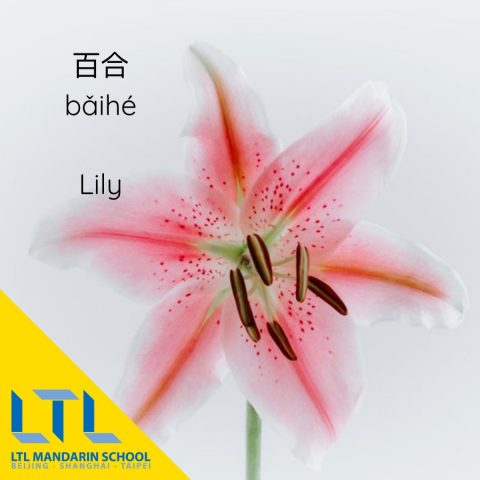
Name in Chinese: 百合 (bǎihé)
In contrast to the West where lilies are most commonly used in funerals, they are considered a flower for all occasions in China.
Lilies are said to help people forget their troubles, due to their transitory nature.
They flower, die, then re-flower in fast succession.
They are a common gift for newlyweds as they are also a symbol for childbearing.
The grace and beautiful nature of lily flowers led to their association with the practise of foot binding in China.
Chinese Flowers: Chrysanthemum
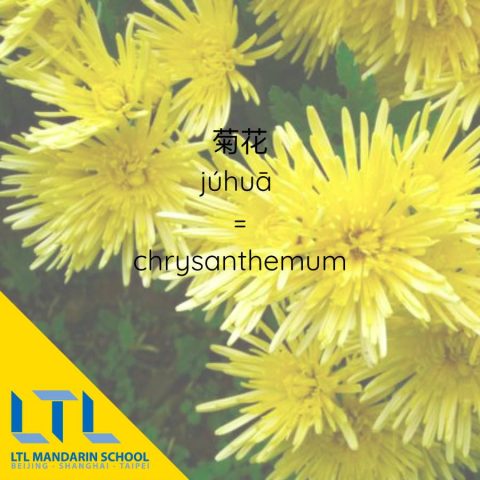
Name in Chinese: 菊花 júhuā
Chrysanthemums are a very common flower in Chinese paintings.
The ninth month of the Chinese lunar calendar is named ‘Chrysanthemum month’ and the flower also represents Autumn.
It symbolises long life, due to its similar pronunciation with the words ‘居’ jū and ‘久’ jiǔ meaning to ‘reside’ and ‘long time’ respectively.
The petals are often used to make tea in China (菊花茶 júhuā chá).
Chrysanthemums are the flower given to the dead in China (as well as in other parts of the world too), so make sure you don’t get them for a friend’s birthday or they might get the wrong idea.

A Visit to the Bird and Flower Market Shanghai
A Tour of the Bird and Flower Market with LTL Shanghai Bird and Flower Market Shanghai Bird and Flower Market Shanghai – Temperatures are rising and winter is finally behind us. Now that spring is upon us, it’s the perfect…
Chinese Flowers: Magnolia
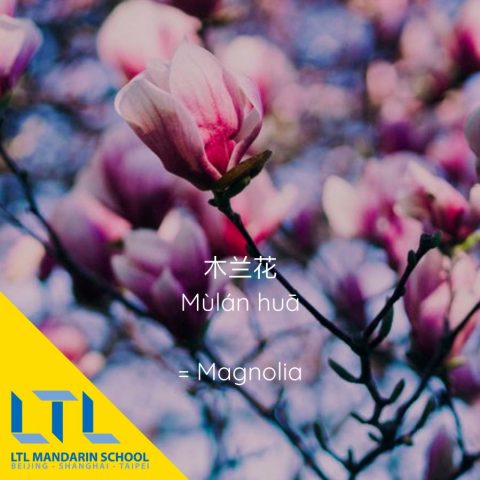
Name in Chinese: 木兰花 mùlán huā (wood orchid flower).
Some types of Magnolia are also referred to as 玉兰花 yùlán huā (jade orchid flower).
At one time, only the Chinese emperor was allowed to grow the plant, as it was considered so precious.
DID YOU KNOW – Today magnolias are symbols of beauty. They are a common ingredient in traditional Chinese medicine.
Mùlán is also the name of the legendary female warrior who disguised herself as a man to take her father’s place in the army.
In the most popular versions of the story her surname is 花 huā (flower).
Chinese Flowers: Orchid
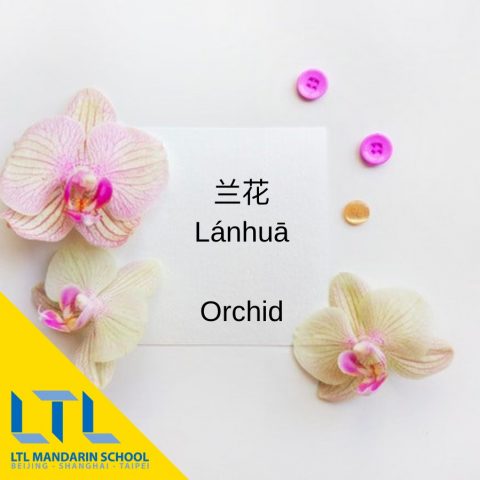
Name in Chinese: 兰花 lánhuā
In China, the Orchid is powerful symbol for many different things.
Most often it represents female beauty and refinement. Why?
Because Lán is a very common female name in China.
Sometimes it is also the symbol of a married couple and unity.
In Chinese literature orchids’ fragrance has also been likened to the career of a scholar.
Chinese Flowers: Iris
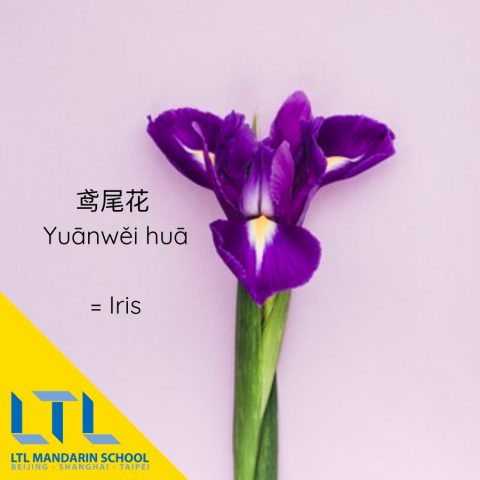
Name in Chinese: 鸢尾花 yuānwěi huā
Irises supposedly prolong life when eaten and represent Spring in China.
They are said to repel evil spirits and so are used to decorate doorways during the Dragon Boat Festival (5th May in the Chinese Lunar Calendar).
You can find out more about the Dragon Boat Festival and other Chinese holidays through the year via our other blog posts we we cover all the key public holidays in China.
There are probably more holidays in China than you might think!
Chinese Flowers: Lotus
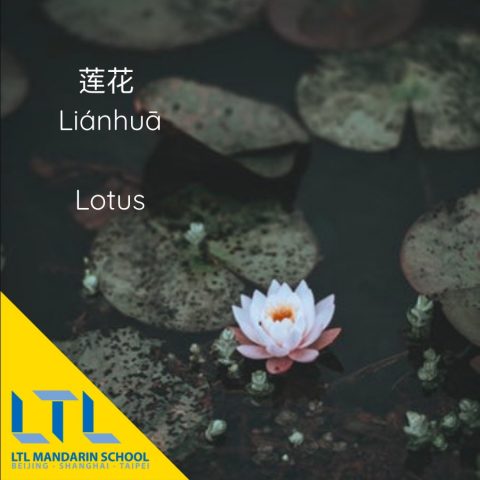
Name in Chinese: 莲花 liánhuā
Lotuses are particularly significant symbols within Buddhism.
As they grow out of the mud, lotuses often represent the overcoming of troubles and a transformation from evil to good.
They are a symbol of purity, as they produce white flowers untainted by the mud.
Like the lily, lotus flowers also have an association with the practise of foot binding in China.
Bound feet were also sometimes called ‘lotus feet’.

Chinese Proverbs || 11 of our Favourites (with Bonus Proverb Quiz)
Chinese Proverbs (or Idioms) and sayings (谚语 yànyŭ in Chinese) are a great way to expand your Chinese vocabulary when you’re learning mandarin.
Chinese Flowers: Hibiscus
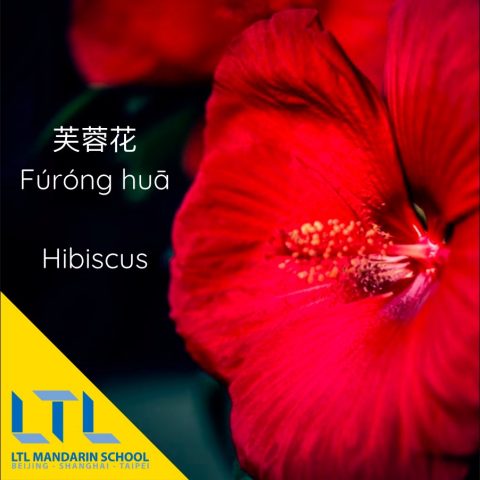
Name in Chinese: 芙蓉花 fúróng huā
The Hibiscus flower is native to East Asia, and it is the Malaysian national flower.
In China it is popular gift for both men and women in China.
They are most commonly used for decorative purposes due to their beauty and colourful look.
It symbolises glory, fame and riches, though it is often associated with the fleeting nature of these things.
Chinese Flowers: Peony
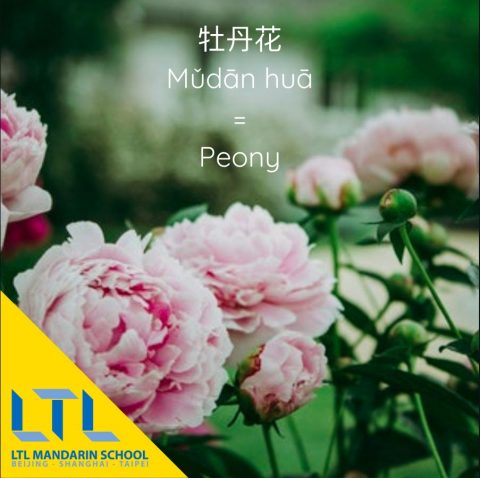
Name in Chinese: 牡丹花 mǔdān huā
A beloved flower in China, Peonies are known as the flower of Spring.
Red peonies are associated with fame, wealth and value, whereas the white flowers represent young, beautiful girls.
A healthy garden peony was thought to be auspicious symbol, whereas a sick peony was a bad omen for the family.
The famous Chinese opera ‘Peony Pavilion’ ( 牡丹亭 mǔdan tíng) tells a story of young love.
Other Plants in Chinese:
We have only just scraped the surface of a vast encyclopedia of plants in China.
Just incase you’re doing some plant shopping, we’ve also put together some more flora vocabulary below:
Like what you see?
Fancy getting to see gorgeous flowers in China? Then check out our blog on where to catch the best cherry blossoms in Beijing?!
Plants in Chinese – Quiz
Plants in Chinese – FAQ’s
How do you say Plant in Chinese?
Plant in Chinese is 植物 zhí wù.
How do you say Lily in Chinese?
Lily in Chinese is 百合 bǎihé.
How do you say Bamboo in Chinese?
Bamboo in Chinese is 竹子 zhúzi.
How do you say Magnolia in Chinese?
木兰花 mùlán huā, literally wood orchid flower.
How do you say Hibiscus in Chinese?
芙蓉花 fúróng huā.
How do you say Peony in Chinese?
牡丹花 mǔdān huā.
Want more from LTL?
If you wish to hear more from LTL Mandarin School why not join our mailing list. We give plenty of handy information on learning Chinese, useful apps to learn the language and everything going on at our LTL schools!
Sign up below and become part of our ever growing community!
What about online Chinese classes? We’ve got the best teachers, all from the comfort of your own home!
![[𝗢𝗟𝗗] LTL Shanghai Logo](https://old.ltl-shanghai.com/wp-content/sites/3/logo-ltl-header.png)


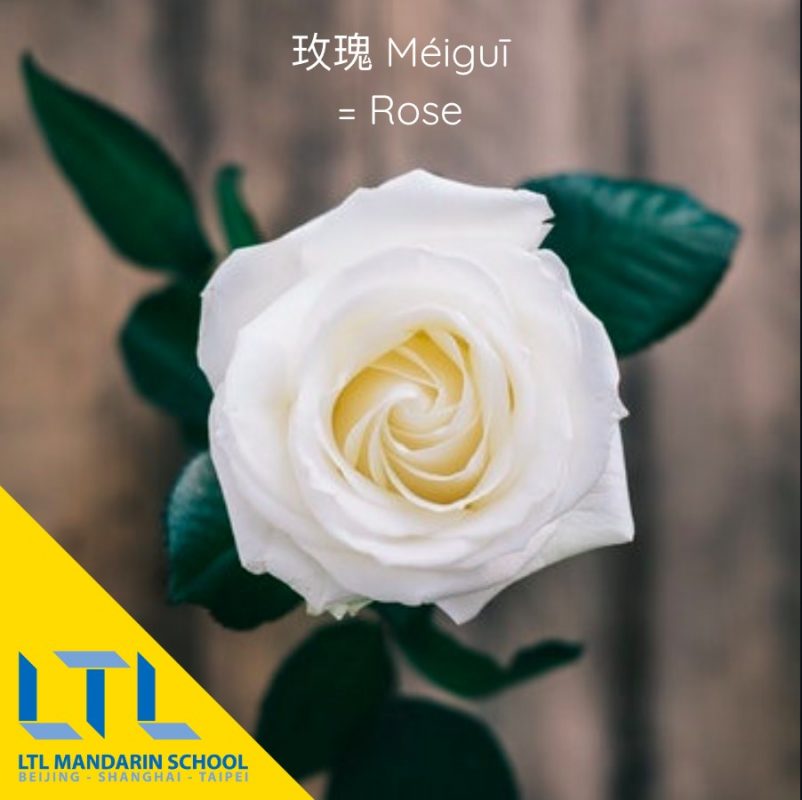
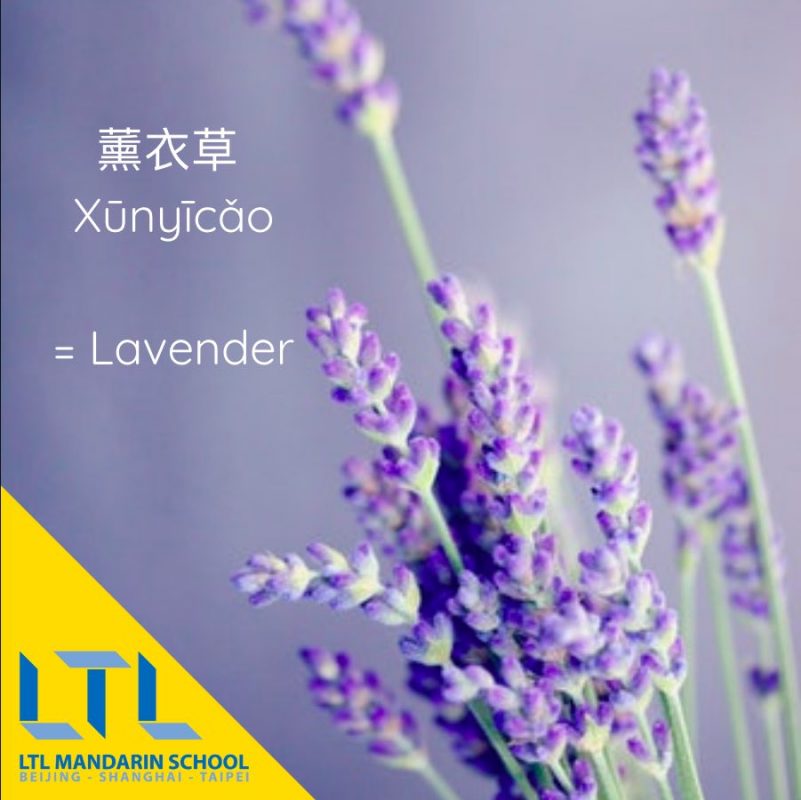
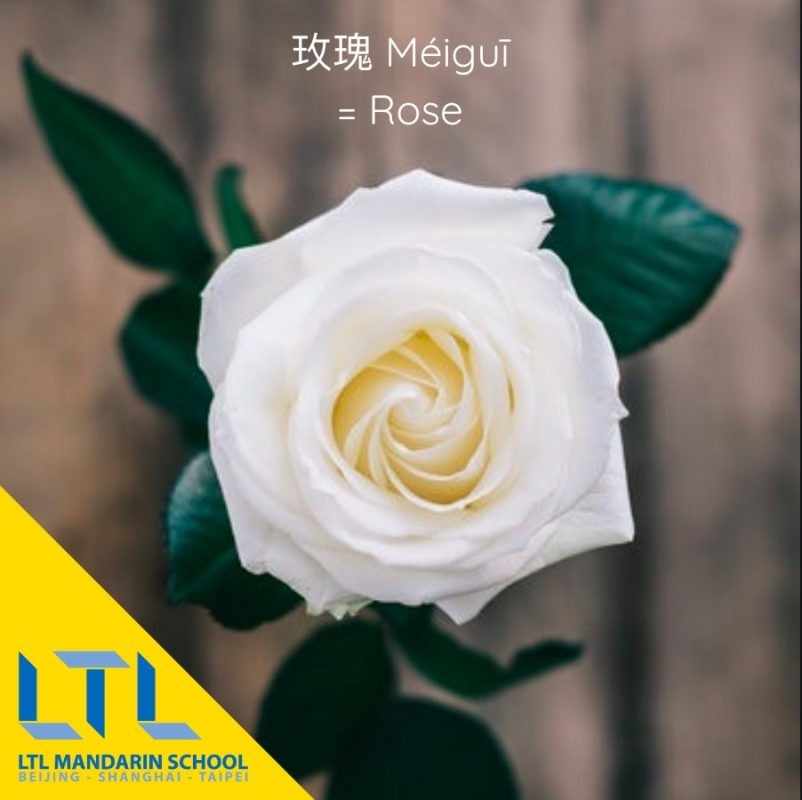
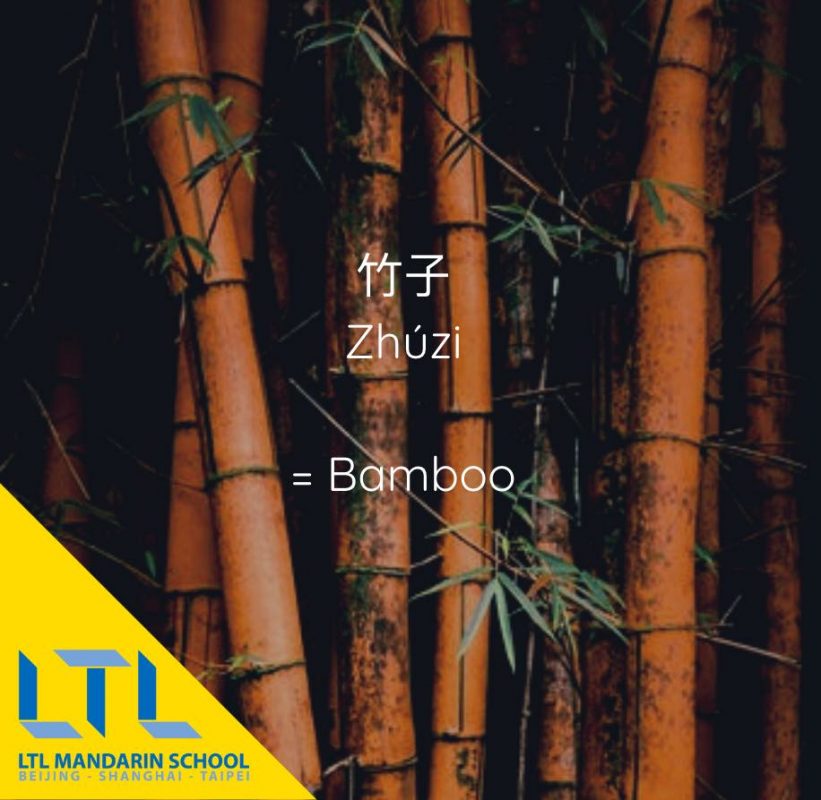
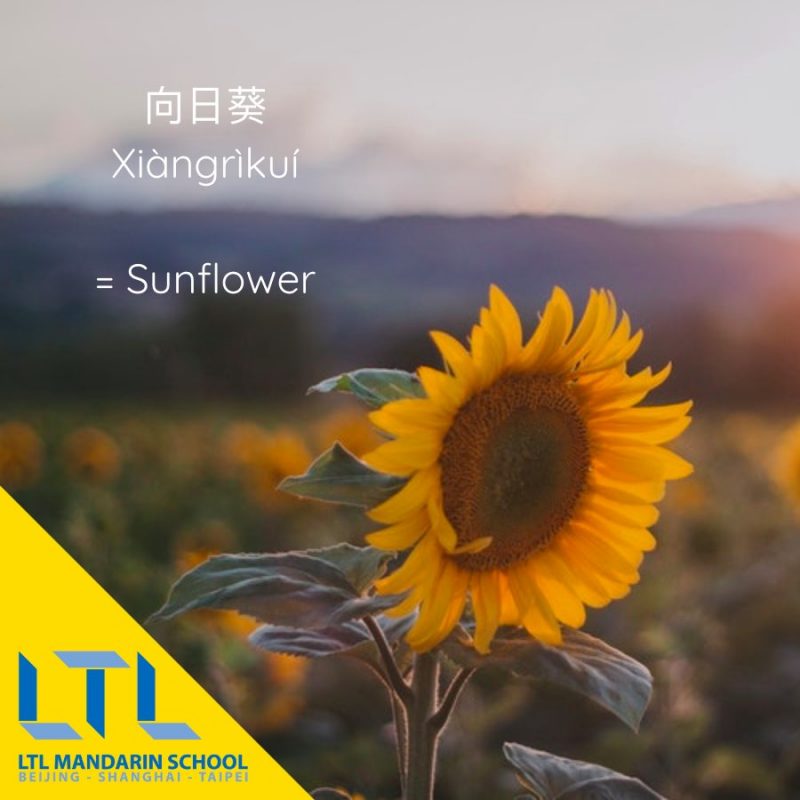
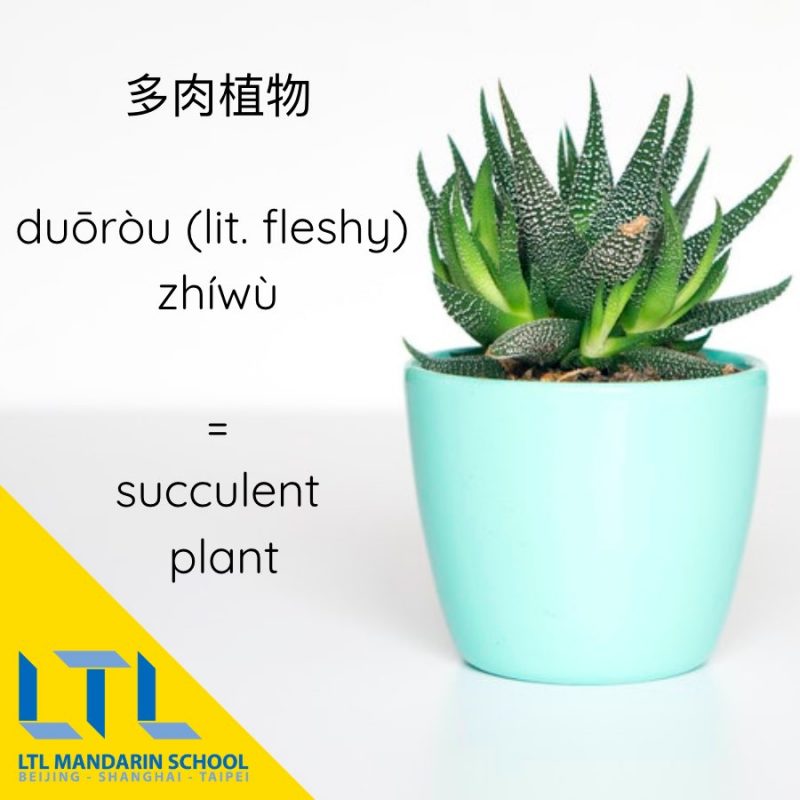
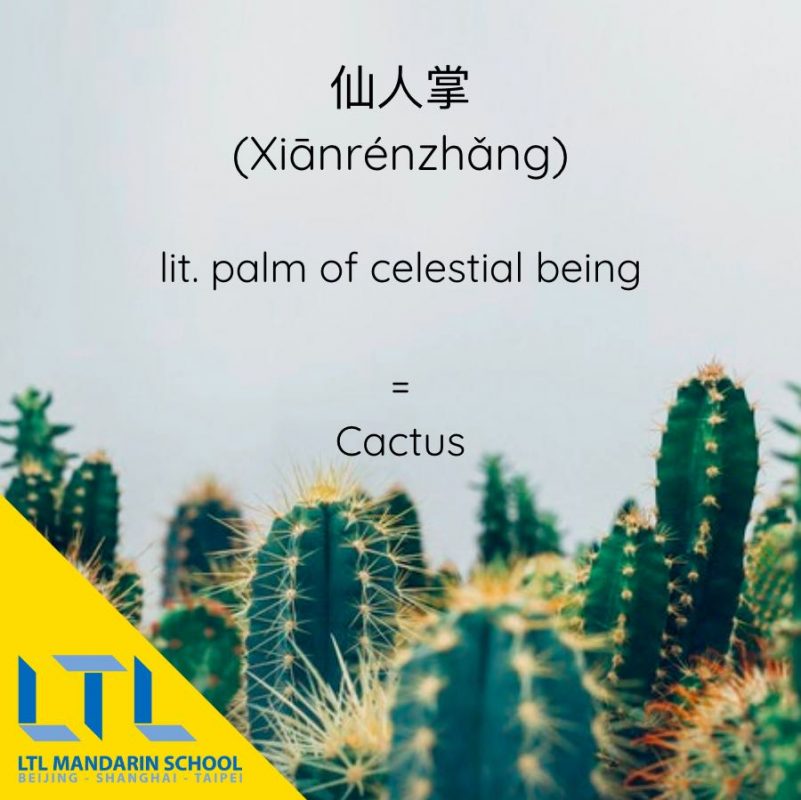
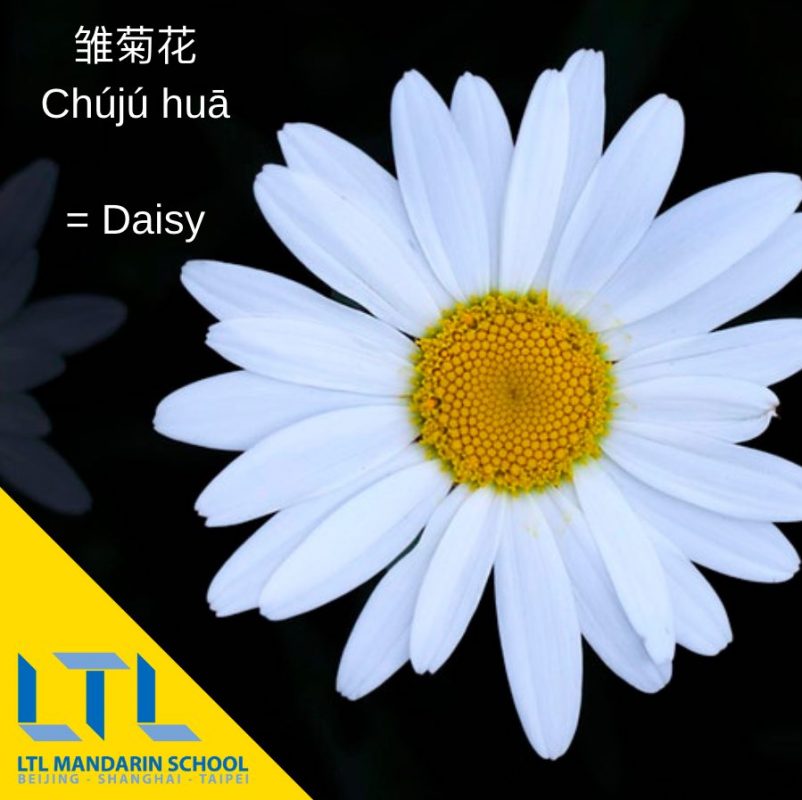



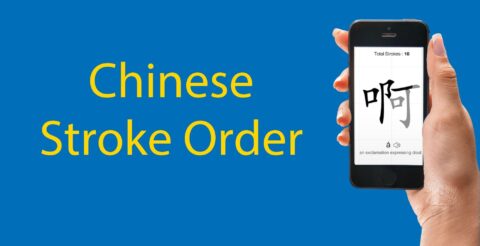
15 comments
[…] join our mailing list. We give plenty of handy information on our courses, blogs to help build your vocabulary, useful apps to learn the language and everything going on at our LTL schools! Sign up below and […]
[…] join our mailing list. We give plenty of handy information on our courses, blogs to help build your vocabulary, useful apps to learn the language and everything going on at our LTL schools! Sign up below and […]
[…] something good and pleasant. Girl’s names normally have a Chinese name that relates to beauty, flowers, or pureness. Boys Chinese names are usually connected with power and […]
[…] Plants in Chinese […]
[…] Plants in Chinese […]
[…] The People’s Republic of China doesn’t have an official national flower. However, during the Republic of China period of modern Chinese history, Plum blossom was […]
[…] Plants in Chinese […]
[…] worth noting that the Shanghai Grand View Garden is home to over 250 species of plants and more than 90,000 bamboo plants. The most of any garden in the […]
[…] ingredients such as lotus seeds, grains, dates, and golgi berries. It’s also not uncommon to add flowers such as rose (玫瑰) and osmanthus (桂花) for added […]
[…] very impressive, and there are large open windows that provide plenty of natural lighting. Green plants are also used in the decor, which help to soften the hard stone […]
[…] garden is filled with artfully arranged ponds, trees, flowers, rock structures, pavilions, pagodas, and old historical buildings with placards that explain a […]
[…] areas of the garden are under construction, and since I visited so late in the year, many flower gardens were […]
[…] hair is pushed into a tube made of bamboo or wood, creating the […]
[…] has great graphics and can be played at your own pace. You’ll have all the animals in Chinese and plants in Chinese mastered after playing this […]
[…] Source: 🔗 […]